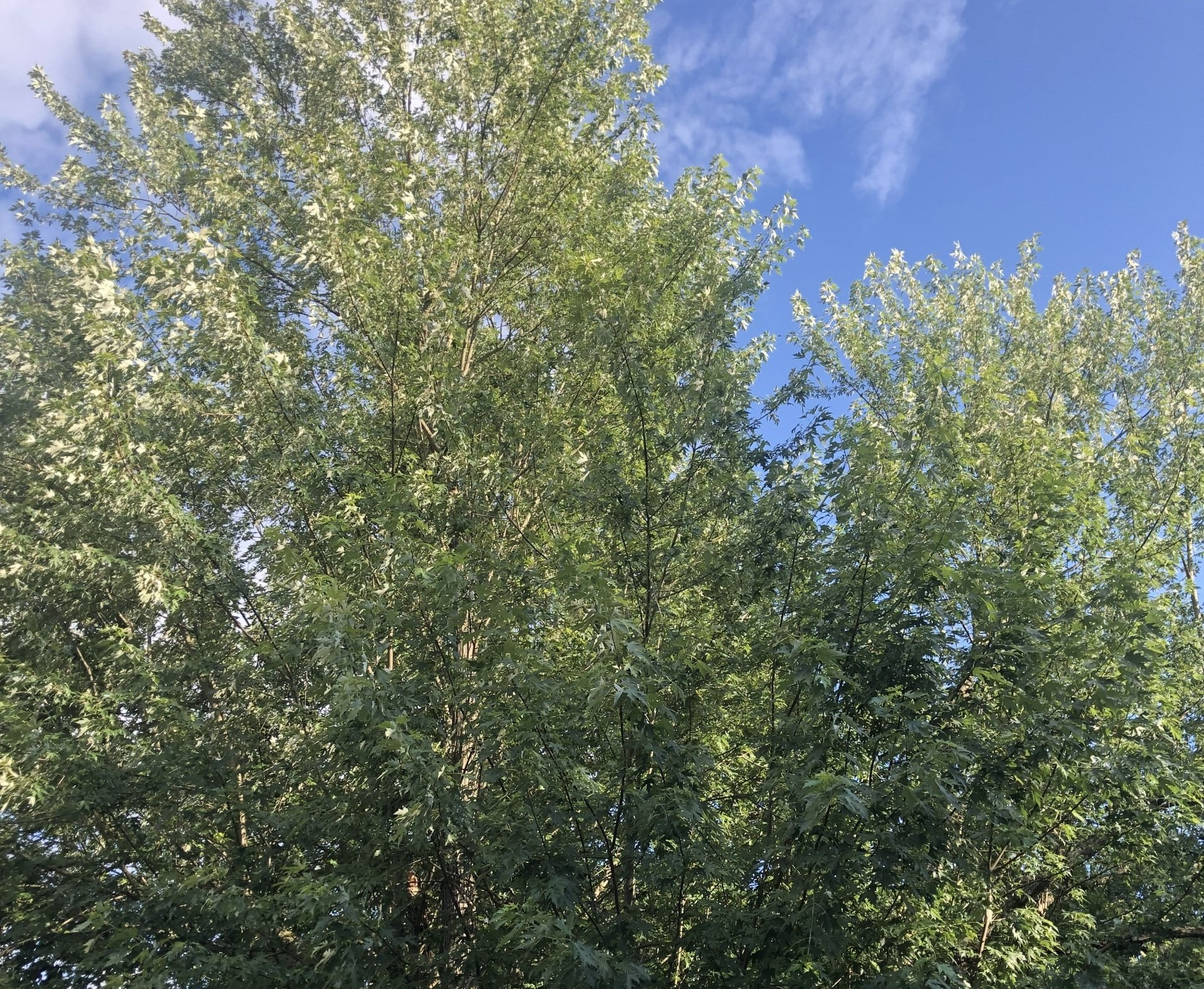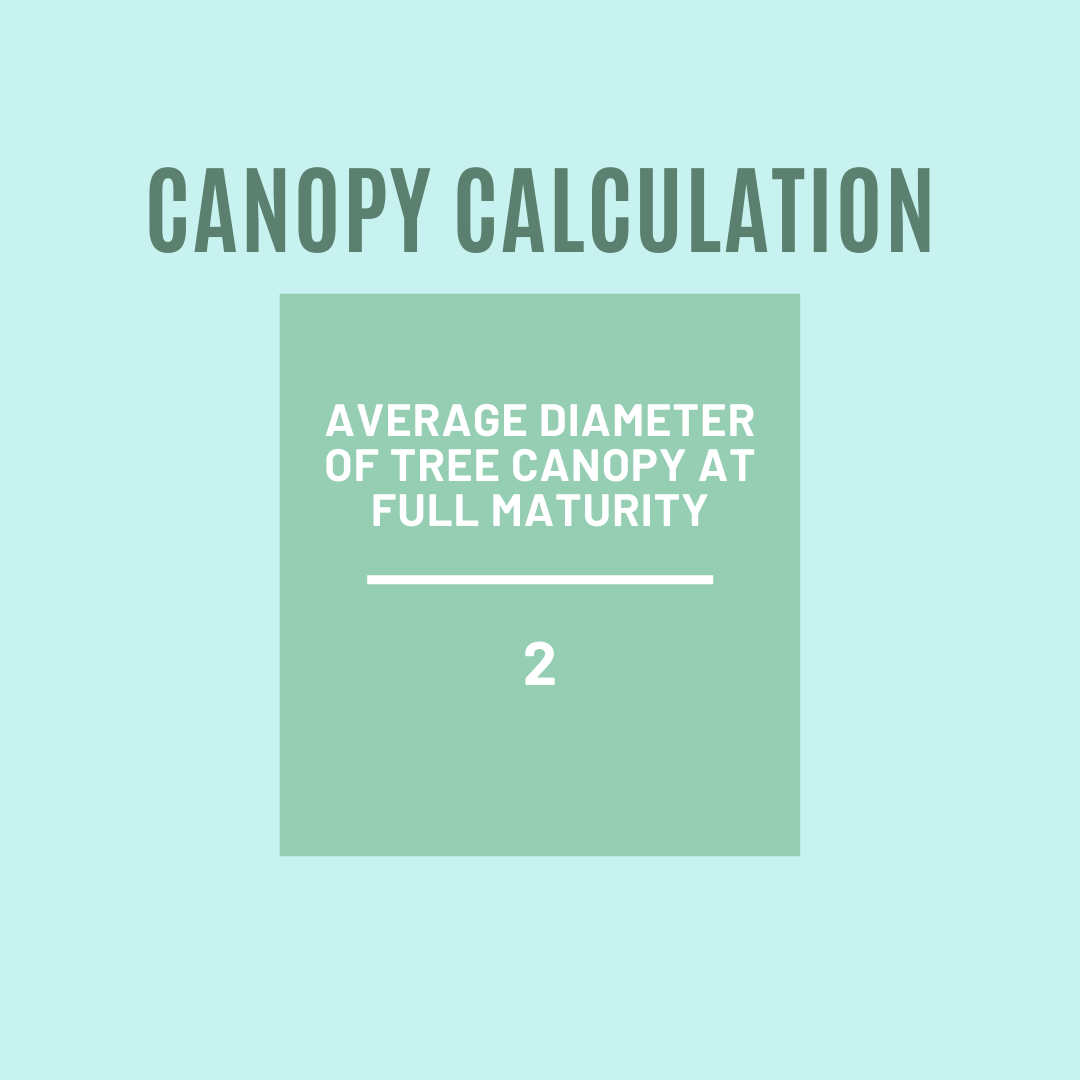Planting Trees Near House Foundation

Before planting trees near a house foundation, there are a few things to consider:
- Distance you plant the tree near the foundation
- Types of trees you want to plant (and which ones to avoid!)
- Trees already planted that might be damaging the foundation
In this article, we'll cover everything you need to know to increase your house's curb appeal with trees in the safest way possible.
Table of Contents
- Distance to Plant Trees Near House Foundation
- Tree Roots Can Damage Foundation
- Trees You Can Plant Close to the House
- Trees to Avoid Planting Close to the House
- How to Handle Trees Close to the Foundation
Planting Trees Near House Foundation: The Distance
| Tree Size | Distance Away (At Least) |
|---|---|
| Small (Up to 30 Feet Tall) | 10 Feet |
| Medium (Up to 70 Feet Tall) | 15 Feet |
| Large (Over 70 Feet Tall) | 20 Feet |
As a general rule, you shouldn't plant any tree within 10 to 15 feet of your foundation. Less aggressive species, like the crab apple, can be planted about 15 feet, wheres more aggressive species, like an oak, should be planted 20 - 30 feet away.
Calculate Distance Based Off Canopy Size

Another general rule you can use is to take the average diameter of the canopy of the tree when it reaches full maturity and divide it by half.
So, if the canopy has an average diameter of 30 feet, it should be planted at least 15 feet from the house to allow the tree to reach its full spread.
Tree Roots Can Damage Your Foundation
Tree roots don’t have any limits and tend to manoeuvre through any imaginable crack. If you plant a tree directly next to your foundation, you face the slow, inexorable rage of Mother Nature. If you follow the guidelines above, or ask a professional, then it is highly unlikely tree roots will damage your foundation.
Most Tree Roots Are Shallow
The roots of most trees are relatively shallow, so they are not likely to reach depths that would cause problems for your foundation. In addition, the roots of most trees grow outward, rather than downward, so they are not likely to put any pressure on your foundation.
However, there are a few exceptions to this rule. Trees with very deep and aggressive roots, such as maples and oaks, can potentially cause problems for your foundation if they are planted too close to it.
If you are concerned about the roots of your tree damaging your foundation, you should call a professional arborist or landscaper before planting it.
While most foundations are strong enough to protect tree's roots, trees may still remove moisture from soil to cause severe deterioration of ground and may cause ground damage. Maybe you're thinking you're going to plant trees around your house but do not wish to risk future damage if the roots are already on your house and want to protect the ground to prevent damage.
The Effects A Tree's Roots Can Have On Foundations
The roots of a tree can have different effects on a foundation, depending on the type of tree and the distance it is planted from the foundation. In general, however, the roots of most trees are not likely to damage a foundation.
The roots of most trees are relatively shallow and grow outward, rather than downward. However, some trees such as the oak, with shallower roots, will grow outward and most likely exploit any weakness in the foundation such as a small crack or hole.
Trees with deep and aggressive roots, such as oaks and maples, can potentially damage a foundation if they are planted too close to it.
Not only foundations, but aggressive and invasive tree species, like the poplar, are renown for finding the tiniest crack in plumbing lines. Tree roots go towards water, so if you plant a tree too close to the water line, you risk plumbing issues down the line.
Avoid Planting These Trees Close To The House
| Oak | Poplar | Ash | Maple | Pine |
|---|---|---|---|---|
| Water | Cottonwood | Ornamental | Silver | Crimean |
| Live | Lombardy | White | Norway | Loblolly |
| Chestnut | Eastern | Carolina | Swiss Stone | |
| Red | Carolina | |||
| Balm of Gilead |
By no means is this meant to be an exhaustive list. Before you plant a tree in your yard, research the species, how it grows, the projected height, and other issues it could have before the sapling matures. Though the list above has a number of beautiful trees, they represent some of the worst trees to plant near your foundation.
Pros and Cons of Planting A Tree Close To Your Foundation
Pros
- Improves the appearance of your home
- Increase the value of the property
- Gives your house more curb appeal
- Makes your house look more inviting
- Can provide privacy from your neighbors
- Natural source of shade
Cons
- Potential structural damage to the house or foundation concrete
- Potential damage to paved walkways, sidewalks or driveways
- Leaves, that you will have to rake
- Other debris, such as fruits or branches
- Safety issues if the tree grows tall and breaks
Trees Safe To Plant 'Close' To The House
Again, not meant to be an exhaustive list. As always, follow the recommended guidelines above, and call a professional.
- Japanese maple
- Crabapples
- Dogwoods
- Magnolias
- Cherry trees
What to Do When There Are Existing Trees Close to the Foundation
If there are already trees close to your foundation, you may be wondering if they are going to cause problems. In general, existing trees should not pose a problem as long as they were planted at the appropriate distance from the foundation.
It is always a good idea to have an arborist or landscaper check them out to be 100% sure. As a general rule, if you are worried about the tree damaging your foundation, then you should call a professional.
Knowing When the Root of a Tree is Damaging the Foundation
Here are some of the warning signs that a tree's root system might be invading your foundation:
- Cracks in the floor of the foundation concrete
- Buckling in the surface of the floor
- Your doors or window frames are uneven
- Vertical cracks in the walls of the foundation
- Cracked windows that weren't obviously damaged
Unless you have a tree planted directly adjacent to your house from some past tenant in a time where tree safety wasn't a huge concern, it is pretty rare that a tree's roots are going to damage your foundation.
If you do plant a tree, keep it far enough away so that the roots wouldn't grow close enough to cause issues to any structure. On the other hand, if you have the right tools, you could:
- Install a root barrier to deflect the growth of the tree
- Cut the roots of the tree suspected of doing damage
- Remove the tree entirely
As always, contact a professional. Haphazardly cutting away at a tree's root systems is all but guaranteed to kill the tree which can be a problem in and of itself.
Join our community!
Join to receive guides, insights, and the latest gardening deals!
